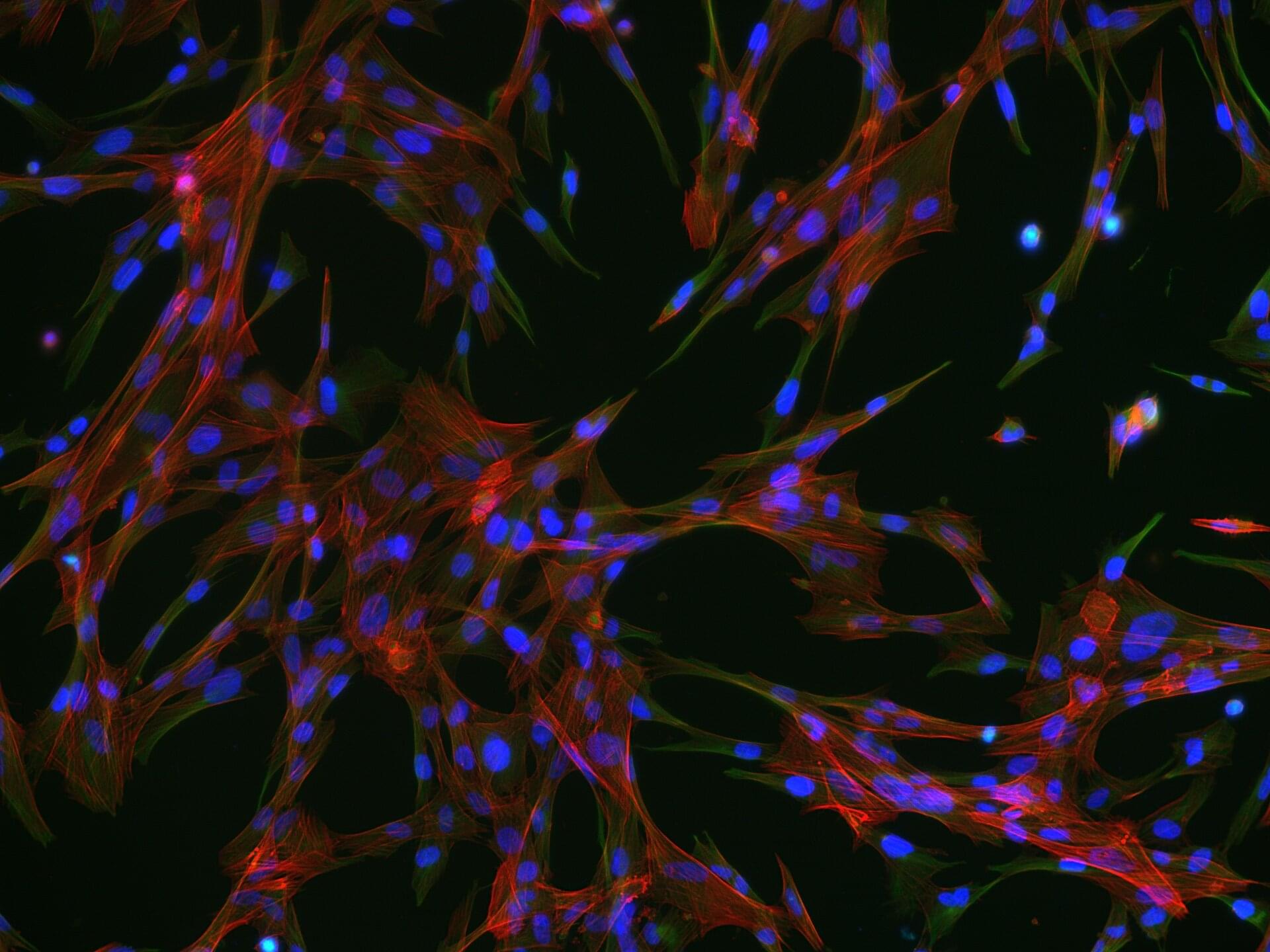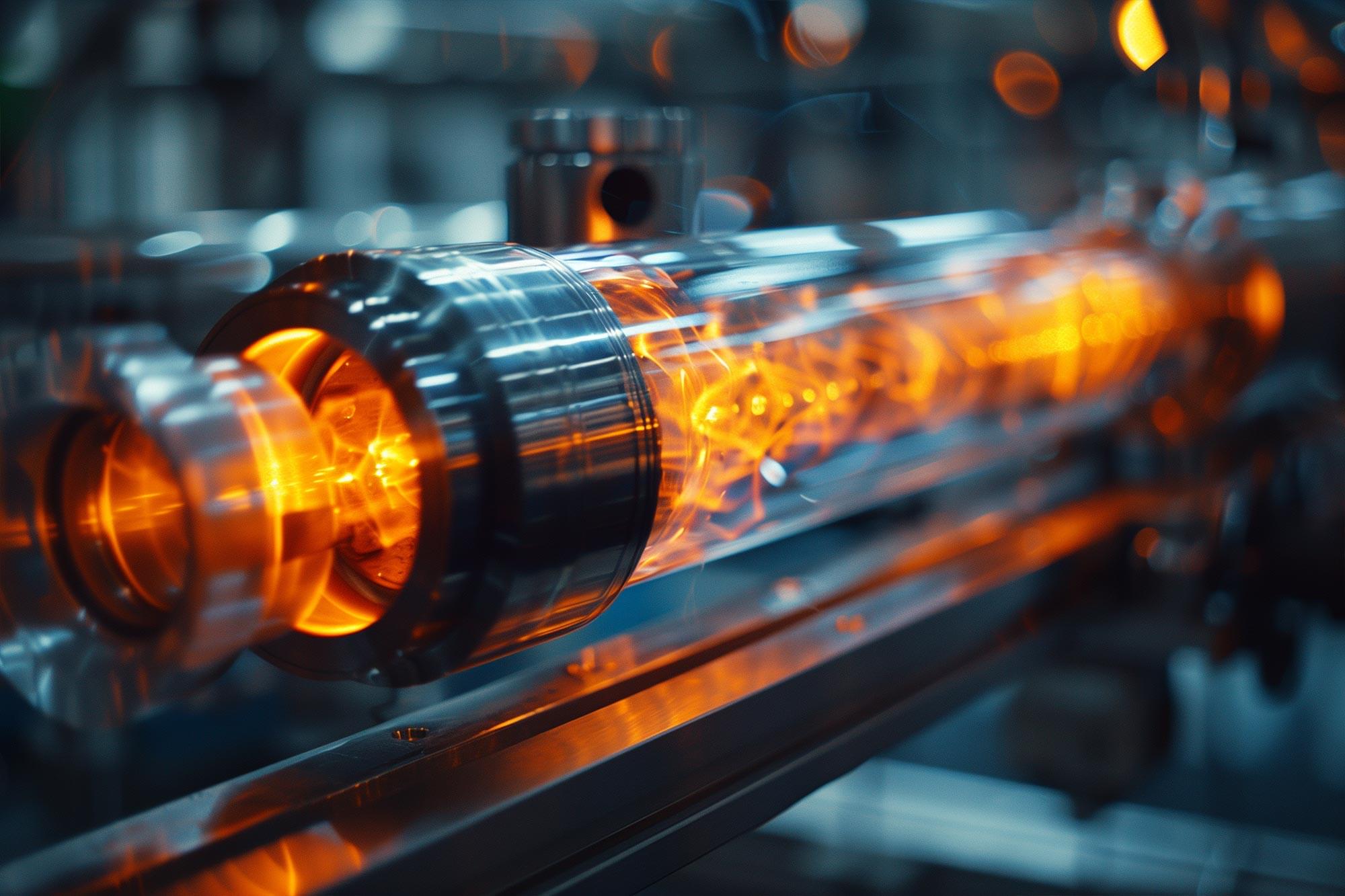Threat actors are abusing the ‘Google Apps Script’ development platform to host phishing pages that appear legitimate and steal login credentials.
This new trend was spotted by security researchers at Cofense, who warn that the fraudulent login window is “carefully designed to look like a legitimate login screen.”
“The attack uses an email masquerading as an invoice, containing a link to a webpage that uses Google Apps Script, a development platform integrated across Google’s suite of products,” Cofense explains.







